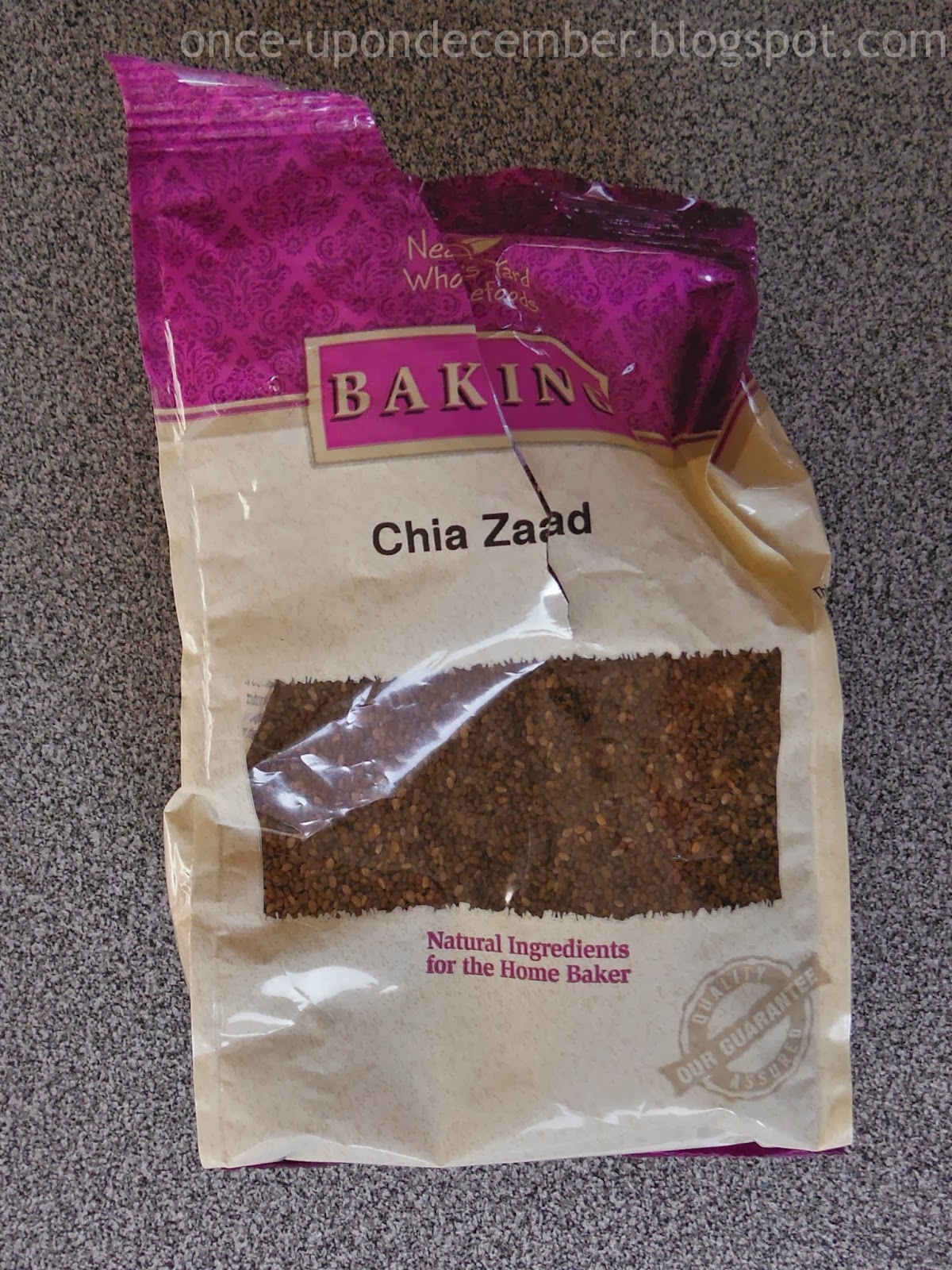These seeds come from a plant named Salvia hispanica that is native to Central-America. The plant is and is also known as chia - you don't say- and it is part of the mint family.
The seeds are said to be healthy because they stabilize blood sugar, they are good for the balance of bad (LDL) and good (HDL) cholesterol in your blood, they contain a lot of fibre, calcium and omega-3 fatty acids. (For more nutritional info check out this table. It does not contain info on omega-3 fatty acids specifically though.)
Now if all of that hasn't convinced you to run to the store and buy some, notice chia seed looks sort of like miniature dragon eggs, which is awesome!
How can you eat them?
You can spread some seeds over your salad, mix them in your yoghurt or your oatmeal. But there's another interesting way to consume chia seeds. If you soak them in water for about 10-15 minutes, a gel is formed around the seeds. You can drink this as it is or mix the gel in some juice if you like. (I find that when the seeds have soaked they look like frogspawn. That doesn't sound as cool as dragon eggs, does it?)
I personally didn't like the structure of this gel - that's severely understated - so I simply add some seeds to my breakfast oatmeal.
Sincerely,
R.
How can you eat them?
You can spread some seeds over your salad, mix them in your yoghurt or your oatmeal. But there's another interesting way to consume chia seeds. If you soak them in water for about 10-15 minutes, a gel is formed around the seeds. You can drink this as it is or mix the gel in some juice if you like. (I find that when the seeds have soaked they look like frogspawn. That doesn't sound as cool as dragon eggs, does it?)
I personally didn't like the structure of this gel - that's severely understated - so I simply add some seeds to my breakfast oatmeal.
Sincerely,
R.



